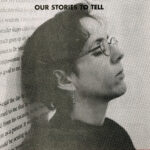As part of a new series of scholarly writing engaging with the Visual AIDS Archive Project, Olivia McCall considers breath and movement in the film and video works of Leslie Kaliades (1961–1999).
Announcements
Wednesday February 8, 2023
More Life: Photographer Leslie Kaliades’s Turn Toward the Moving Image






More Life: Photographer Leslie Kaliades’s Turn Toward the Moving Image
Olivia McCall
In 1992, a five-week hospital stay to treat Pneumocystis Carinii Pneumonia (PCP) brought to light Leslie Kaliades’s HIV-positive diagnosis. Posed at the start of a video trilogy by the artist, the question “What is Illness?” places us in the mind of 31-year-old Kaliades, suddenly faced with news that illness would be omnipresent in her life. Before she turned to video, photography became her means of coping. A Queens native, Kaliades began studying photography after college, when she enrolled in classes at the International Center of Photography. She began pursuing photography as a career, and ultimately worked as a photographer for the City of New York under Mayor David Dinkins from 1990–92.
Too weak to continue in the position following her hospitalization, Kaliades shifted her focus toward her own artistic practice as a method of healing. Her ruminations on illness, in hand with the change and, perhaps, growth that comes along with it, became laced throughout her practice—rather than concentrate on despair, Kaliades centered quietude and optimism in her photographs. As she revealed in a 1997 article for Body Positive, Kaliades knew that in order to benefit both herself and others with an HIV-positive diagnosis, her photographs must resist what she saw as “typical AIDS stuff…You know, sad shots of patients dying in the hospital.”1 Instead, the photographs she took were of natural sites and happenings that visually affected her: Grecian ruins, placid waters meeting the horizon, a flock of seagulls beginning to take flight.

In the natural world, Kaliades saw hope and sparks of unapologetic life. In an artist’s statement submitted to Visual AIDS in 1997, Kaliades revealed the layered meaning of one photograph:
The image of dark clouds with a smaller, lone, bright cloud in the center represents the ability to hold onto positive images amidst dark ones. This is the struggle of people living with AIDS – to be able to see that light, to stay connected to that ray of hope no matter how small it may appear.2
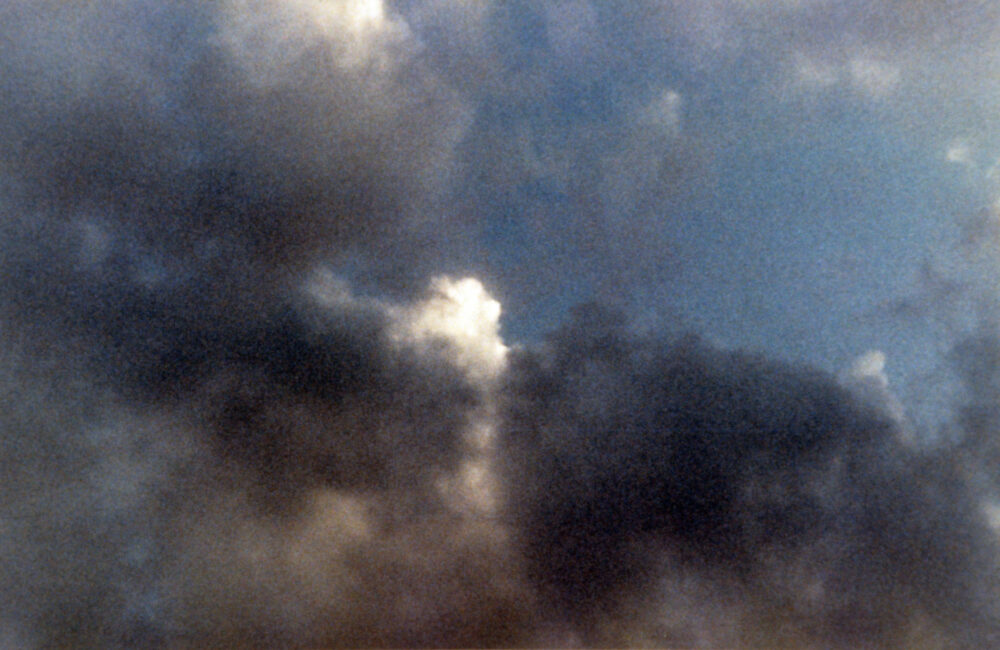
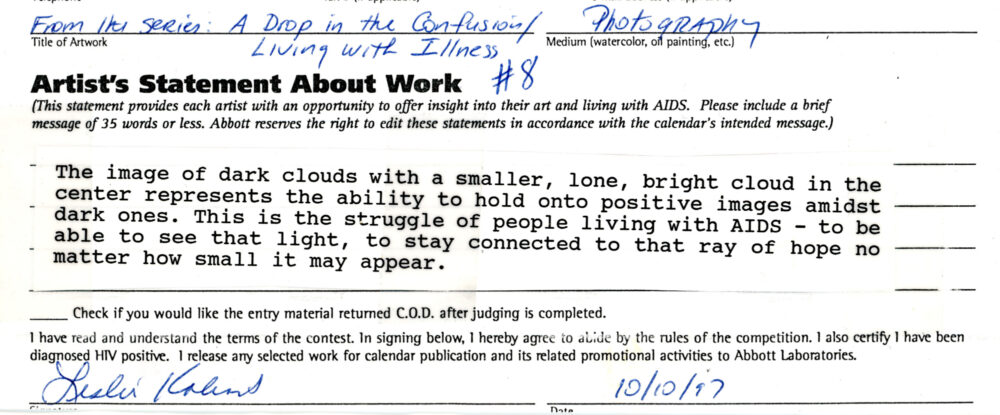
Prior to her diagnosis, Kaliades had shown her photographs in group exhibitions at Ariel, Puchong, and Soho Photo galleries, all in New York City. From 1991 to 1995, however, there was a lapse in public appearances of her work—this is when she began creating a three-part video piece that grappled with her experience of living with illness. The trilogy—What is Illness?, Altered After, and The Journey—marks a significant turn in Kaliades’s oeuvre. With the expansion of her practice to include video, the themes that she sought to evoke in her photographs become more evident. Kaliades completed the trilogy in 1997, and it was exhibited alongside photographs and narrative text panels in A Drop in the Confusion: Living With Illness the same year.

This was Kaliades’s second solo exhibition at Pulse Art, a membership gallery for emerging artists founded by Shari Diamond and JoAnne Seador in 1995, with space dedicated to exhibiting AIDS-related work monthly.3 Though Kaliades focused solely on photography before creating these three video works, when watching the trilogy it becomes clear that it is in conversation with—or perhaps elaborates on—her still images. At Pulse Art, her photographs were displayed alongside the video works, which were screened on a monitor. Seen together in one space, it must have been abundantly clear that the scenes in the trilogy echo her still photographs—snapshots of the ocean receding into mist or of downy clouds in the sky—but one’s encounter with her work as a moving versus a still image differs. In What is Illness?, Altered After, and The Journey, the lens through which Kaliades saw the world is brought to life and suffused with narrative, however layered or nonlinear, and a deeper meaning is revealed when considering the videos in relation to her photographs. This interplay between stillness and movement is integral to Kaliades’s work, as the space of indeterminacy between photography and the moving image generates a sensation of simultaneous arrest and forward motion, much like the visceral experience of living with illness.
Beginning with a black screen that poses the eponymous question, What is Illness? presents black and white fragments of scenes in slow motion: the underpass of a bridge, dancers performing in a parade, telephone poles and power lines seen from the window of a car. The camera pans slowly across each disparate sight/site, yet we never see enough to know where we are. There is a sense of disquiet—the minor key of the score, composed and performed by Matt Ferraro and John Colombo, is a continual sequence of dissonance and resolution. This feeling of unease seems to reflect Kaliades’s initial reaction to her diagnosis; it holds within it anxiety and fear of the unknown. In Altered After, however, the artist returns to solace found in the natural world. In capturing the world around her in motion rather than as a photograph, she could animate the moments that captivated her, investing them with more life. As Kaliades mentions in Body Positive, she sought to represent “a breath of fresh air” in her images.4 Breath is an essential element in her practice: not only is it a core tenet of being alive, the loss of which signals death, but it also ties back to the artist’s experience suffering from PCP when receiving her diagnosis. In Altered After, breath is cited through the wind that rustles leaves, the dappled light filtered through the trees, and the swaying dunes that line the beach.
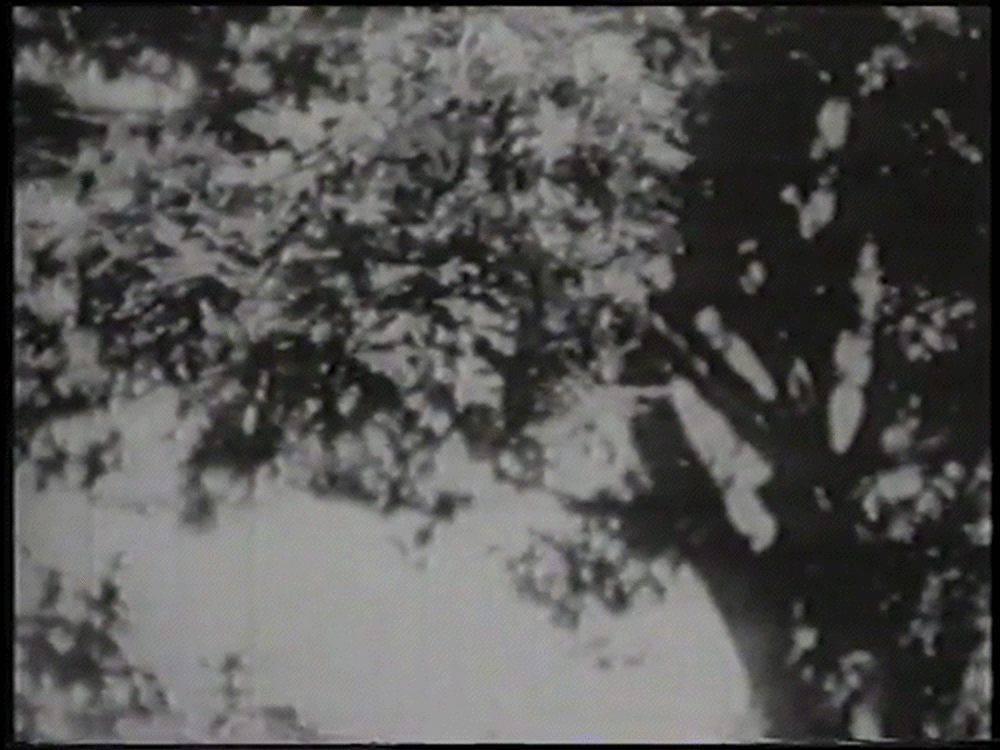
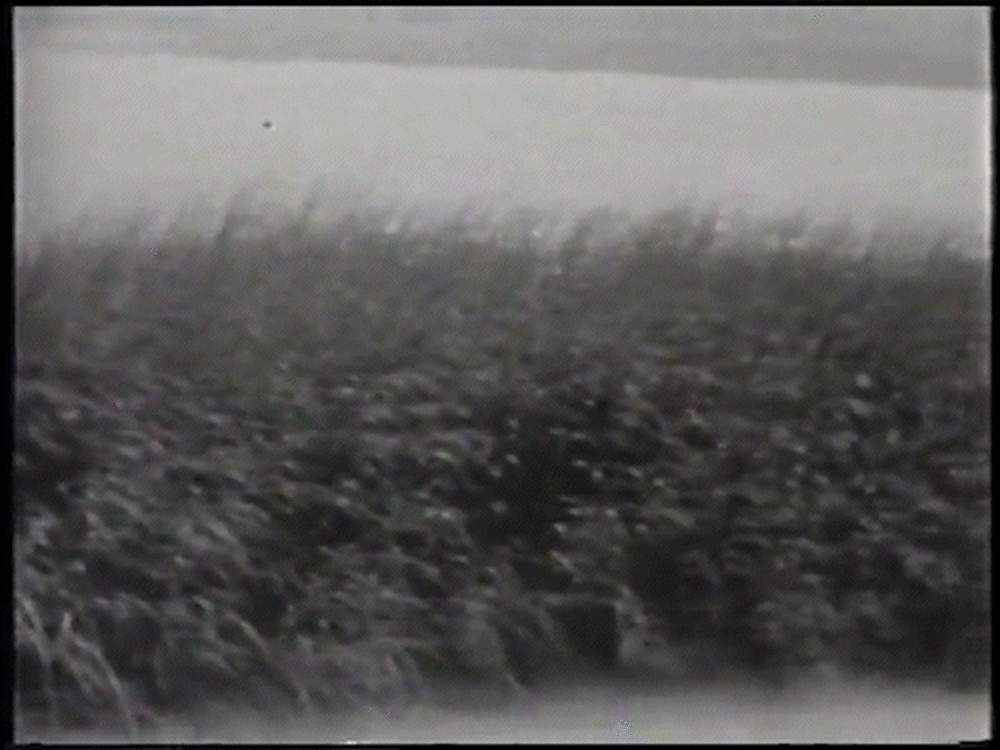
In these first two movements, it becomes apparent that there is a lapse, or at times an overlap, between the past and the present—Kaliades jumps between footage of the present day to what appears to be either found footage or home videos from her past. Most notably, we see a young girl smiling and playing (could it be Kaliades?), a sight that prompts reflection on an untroubled childhood. Kaliades’s inclusion of the young girl (who must be a younger version of Kaliades, whether it is actual footage or a substitute) highlights her innocence and joy—qualities the artist would have been seeking while bracing herself for an uncertain, immediate future. At a time steeped in fear, she reanimates a past version of herself experiencing moments of youthful bliss.
The incorporation of older footage of friends, family, or even oneself not only allows for reflection upon the past but revivifies it. In her analysis of AIDS activist and filmmaker Jean Carlomusto’s film Shatzi is Dying (2000), which incorporates footage of Carlomusto’s friends who died of AIDS-related illnesses back when they were well, Ann Cvetkovich asserts: “[Carlomusto’s] friends remain with her in video even if they are gone in life, and what was once documentary footage now becomes part of an affective archive, which is available to be reconfigured as part of Carlomusto’s combined process of both living and grieving.”5 Living and grieving, the reanimation of the past—these processes find their most coherent expression in the moving, rather than the still, image. Faced with her own mortality, Kaliades reaches toward the past in an effort to hold on to childhood delight and vitality—just as Carlomusto hoped to keep her friends alive and with her. To that end, I argue that Kaliades’s expansion of her practice beyond the still photograph is similarly a reach for more life—perhaps unfulfilled by the practice of embalming precious moments as fixed images, she turned to video to instead create a record that more closely resembles living. What ensues, however, is a trilogy of films that fittingly occupies a space in between these mediums.

This in-between space—the gap between the still and the moving image—is suffused with potentiality. When considering artists' responses to AIDS, I am specifically drawn toward investigating what impact this gap or sense of indeterminacy may have on affect and emotion. Karen Beckman and Jean Ma, in their edited volume Still Moving: Between Cinema and Photography, posit that the interval between stasis and motion, while enigmatic, can be a site of profound contemplation.6 In the case of Kaliades's photographs and video trilogy, the emphasized awareness of stillness and movement is certainly generative. In fact, it seems that in the film, when long, steady shots slowly pan across the screen, Kaliades approximates the experience of viewing one of her photographs animated and cinematically extended in time. This sensation of drawn out time produces a feeling viscerally tied to the experience of living with illness, a sensation that becomes explicitly present in The Journey, when we first hear Kaliades’s voice candidly expressing her fear:
I am ill. I have an illness. What I have is serious. I’m afraid to have thoughts, to feel, to be here in this desolate, ill place. I am alone here. No thoughts, no feelings. Trying to remain nowhere for fear of something happening. The challenge of being here never ceases. I am forced to dig deep within myself, to adapt and survive this place.7
Layered over the instrumental score, the inclusion of Kaliades’s own voice intensifies the cinematic quality of the trilogy. With video as her medium rather than photography, the product can more closely embody her experience—in The Journey, she ascribes a narrative that would before have been silenced, or at most implicit, in a photograph.
The interval for rigorous thinking that Beckman and Ma illuminate becomes particularly relevant when considered in relation to trauma and memory. Through this lens, they suggest a temporality that is difficult to define, for “[t]he time of trauma is at once in motion and at a standstill, consisting of a recursive eventfulness, impervious to the linear rubrics of progress.”8 Seen, for example, within Kaliades’s contemplation of illness, with its challenges in the present, gestures toward the past, and glimpses of uncertain future, this difficulty is furthered by “an uncanny encounter between distinct moments in time” that produces “a sense of ongoing crisis in our experience of time, mortality, and memory.”9 This notion of ongoing crisis is particularly pertinent when considering the trilogy, as each movement provides an immersive, though abstracted, glimpse of Kaliades’s search for peace following her diagnosis and embodies a simultaneous sense of acceptance and unease in regards to her mortality.
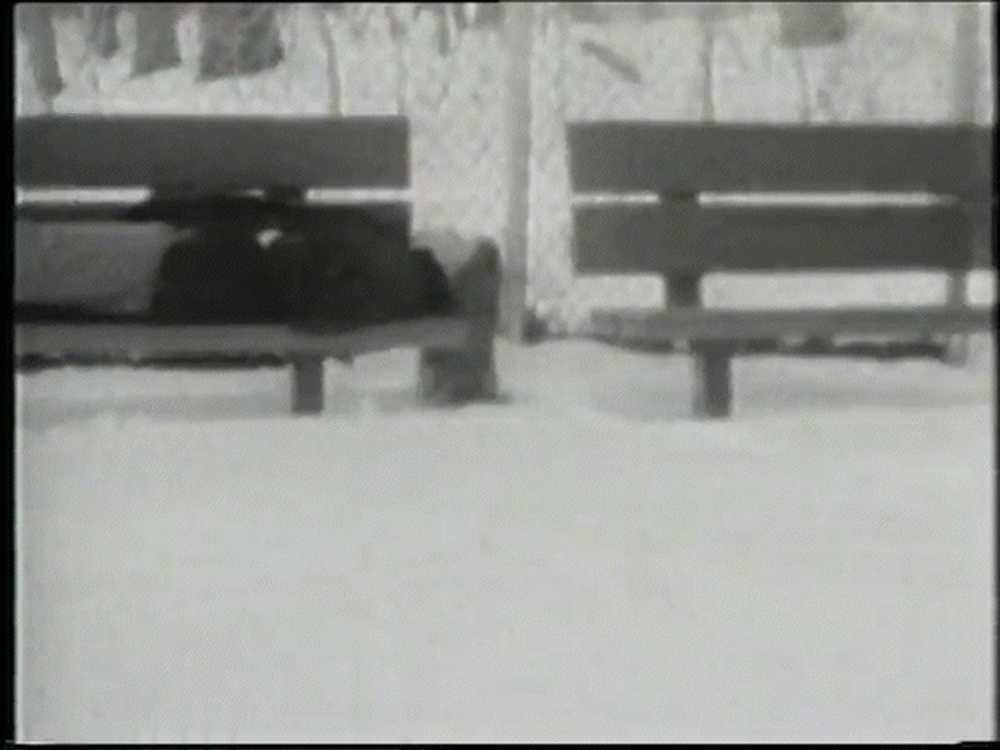
In What is Illness? and Altered After, Kaliades reencounters her own estranged past, and the temporal tears that reveal themselves ultimately index the difficult emotions of mourning itself. Mourning, I contend, is the appropriate term here, even though Kaliades completed the film two years before her death—in The Journey, she vocally mourns change and the loss of life that will inevitably be unlived, as she was newly aware of her heightened impermanence. In the shots that comprise the video works in the trilogy, I sense Kaliades’s effort to stretch time and extend moments that are typically fleeting. There is serenity yet there is also tension; there is a tangible struggle to accept the here and now. Beckman emphasizes that the tension between photography and cinema generates a site to stage difficult emotions. This strain between mediums, she acknowledges, is potentially insoluble, for “we are always in a space where the tension between still and moving images refuses to resolve itself, as the two media, mimicking each other in a compulsive dance of desire, identification, and rejection, seem unable either fully to incorporate each other or to let each other go.”10 This tension, anxiety, and disorientation that prevents understanding is tied to the ongoing and, at times, unresolvable emotional work of grief and mourning. While we cannot know whether Kaliades’s choice to create video works that rest in an indeterminate space between mediums was made consciously or not, the overlap between photography and cinema is nevertheless appropriate as a site of mourning in the case of the trilogy—it conveys the difficulty of letting go of one’s expectations for living.
With this difficulty, however, comes a breath of resigned peace. The sequences comprising Kaliades’s trilogy, by nature, must gesture toward something beyond themselves—if the camera had continued to survey her surroundings a second longer, perhaps we would see something more. Unlike her photographs, which remain as fixed images of fleeting optimism, What is Illness?, Altered After, and The Journey evidence Kaliades’s searching process of coming to terms with illness. And yet, in knowing that these are discrete moments placed in an assembled continuum, we also become cognisant that more life happened in between each shot.11 Similar to the slideshow in this regard, Kaliades’s video works acknowledge their own fragmentariness while offering, as Darsie Alexander writes, “a blatant refusal of finality.”12 Not unlike the momentary glimpses that her photographs offer, each movement of the trilogy lacks resolute closure, seeming to pronounce: this journey has not yet reached its end.
Images
All photographs are untitled chromogenic prints, 11 x 17 inches from 1996.
Works Cited
1. Lovitch, Marcy. “Leslie Kaliades: Creation, Art and Illness.” Body Positive, Vol X, No. 2. February 1997, 14. The necessary turn away from pictures of withering AIDS “victims” is also argued in a well-known essay by scholar and critic Douglas Crimp. “Portraits of People with AIDS,” Melancholia and Moralism: Essays on AIDS and Queer Politics (Cambridge: MIT Press, 2004 ), 83-106.
2. Artist folder for Leslie Kaliades, Visual AIDS Archive Project.
3. Kaliades’s first solo exhibition at Pulse Art, Fairy Tale, took place in 1995. According to the press release, Fairy Tale was “a series of color photographs based on a modern interpretation of the Grimm’s Fairy Tales. ‘Fairy Tale’ contains the elements of other fairy tales such as childhood play, joy, violence, transformation, the kingdom and the happily ever after.” https://www.sharidiamond.net/pulseart_95/#
4. Lovitch, “Leslie Kaliades,” 14.
5. Ann Cvetkovich, An Archive of Feelings: Trauma, Sexuality, and Lesbian Public Cultures (Durham: Duke University Press, 2003), 26.
6. Karen Beckman and Jean Ma, “Introduction,” Still Moving: Between Cinema and Photography (Durham: Duke University Press, 2008), 9, 5.
7. Kaliades, The Journey, 09:09–10:22. https://archive.org/details/Vi...
8. Beckman and Ma, “Introduction,” 15.
9. Ma, “Photography’s Absent Times,” Still Moving, 100.
10. Beckman, “Crash Aesthetics: Amores Perros and the Dream of Cinematic Mobility,” Still Moving, 143.
11. This concept is what Timothy Corrigan identifies as “the forgotten image between two shots,” which he elaborates upon in an eponymous chapter published in Beckman and Ma’s volume, Still Moving.
12. Darsie Alexander, Slideshow (Baltimore: Baltimore Museum of Art, University Park: Pennsylvania State University Press, 2005), 19.
About the Author
Olivia McCall (she/her) is an art historian whose research focuses on artists bearing witness to the AIDS epidemic and queer experience from the late 1970s through the 1990s, with a specific emphasis on photography, trauma, and queer theory. She is particularly interested in affective reinterpretations of vernacular and family photography, and in photographs as living archives of alternative modes of being. Olivia completed her MA at The Courtauld Institute of Art, where she focused on the Downtown New York scene, 1971-92. She is currently the Edith Gowin Curatorial Fellow in the Department of Photography at The Morgan Library & Museum, where she is working on an exhibition and publication of Peter Hujar’s contact sheets. You can find more information at oliviamccall.journoportfolio.com.
